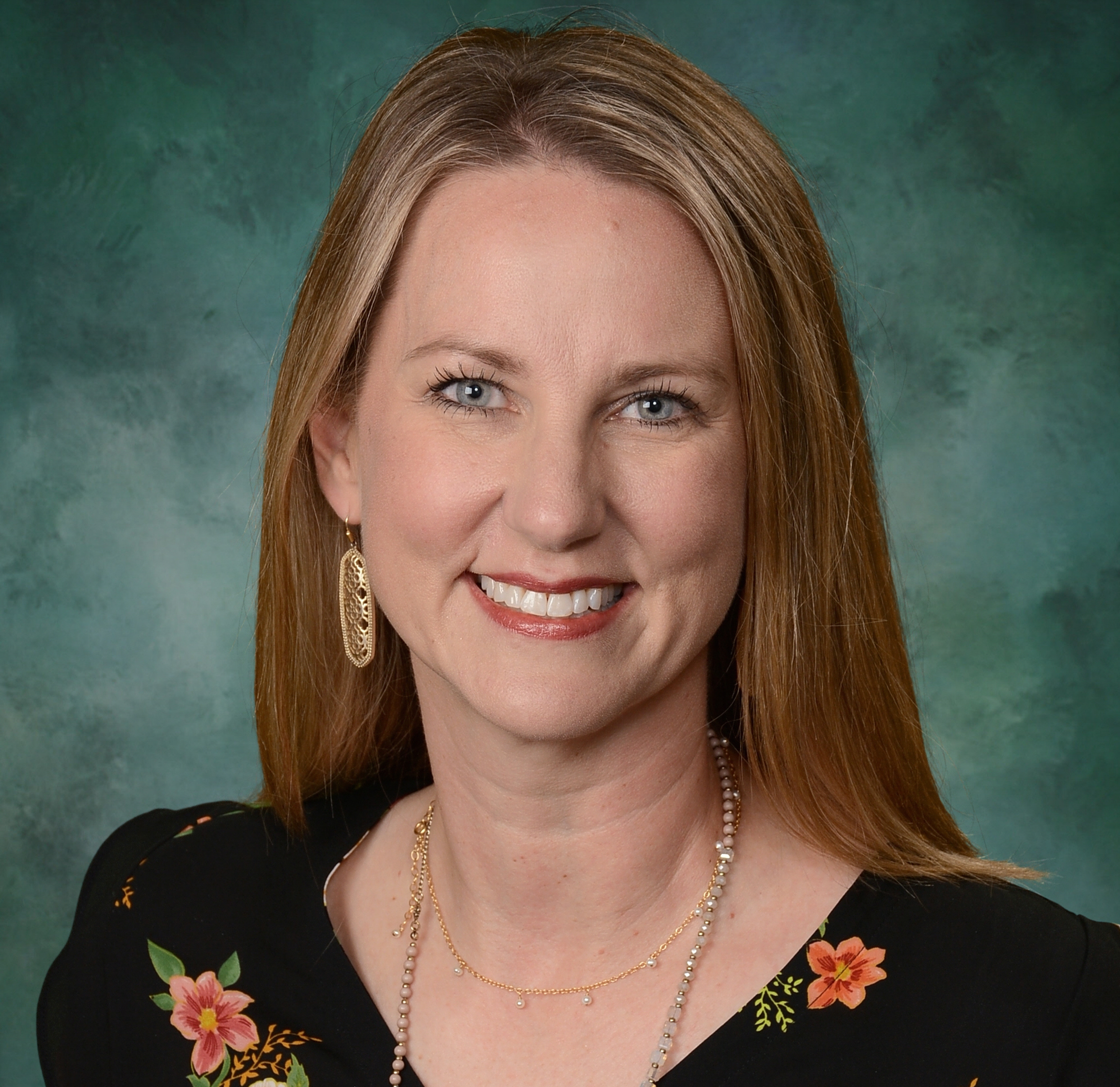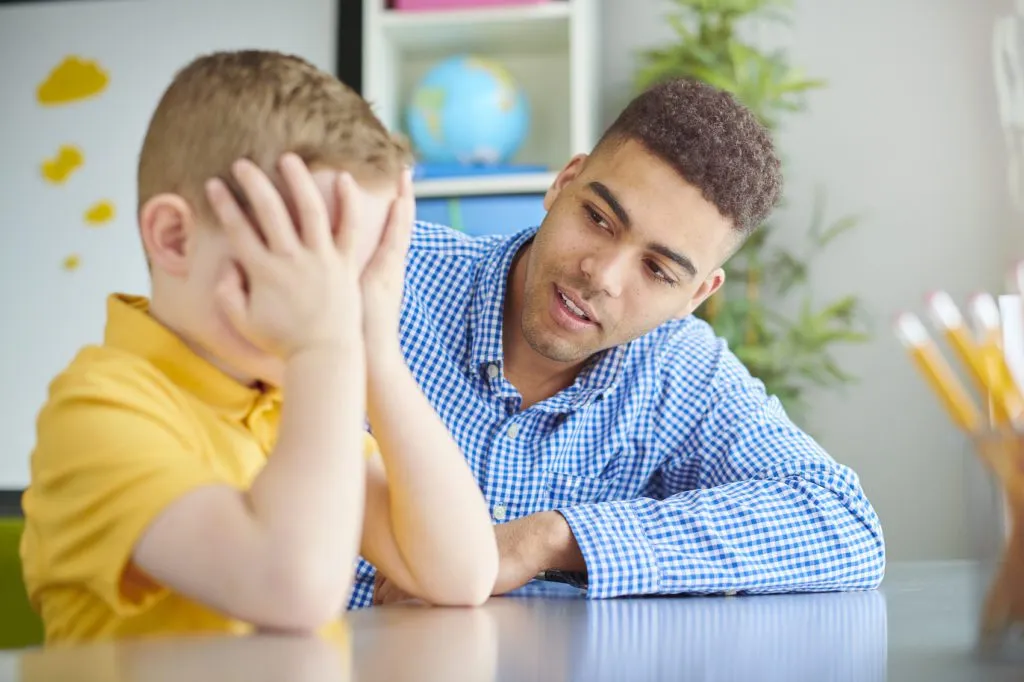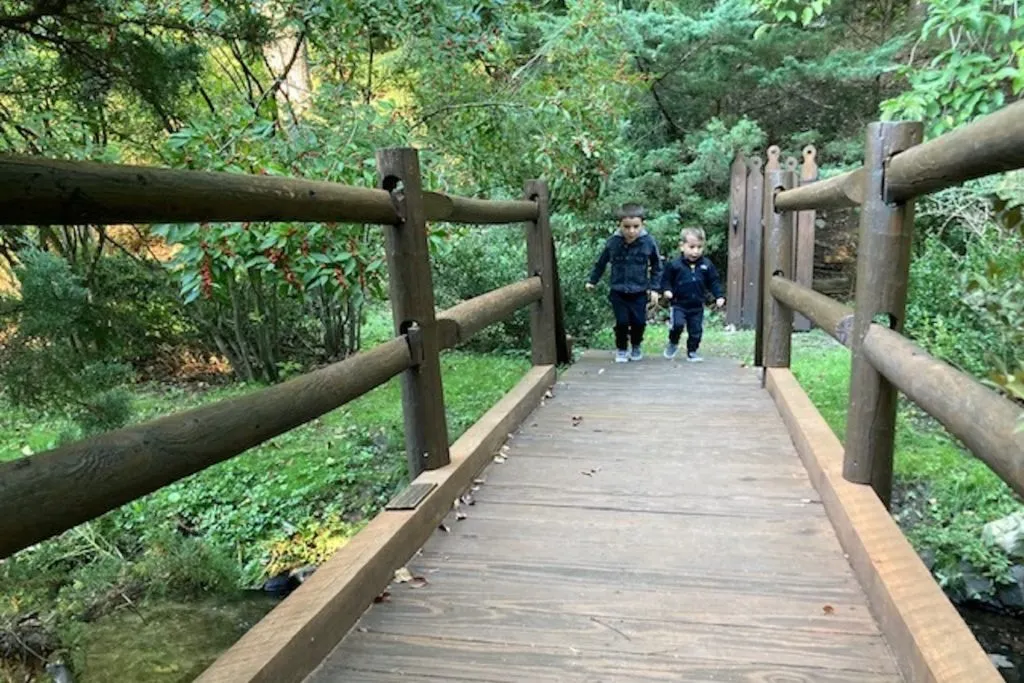Why We Don’t Use a Different Curriculum for Our Special Education Children Anymore
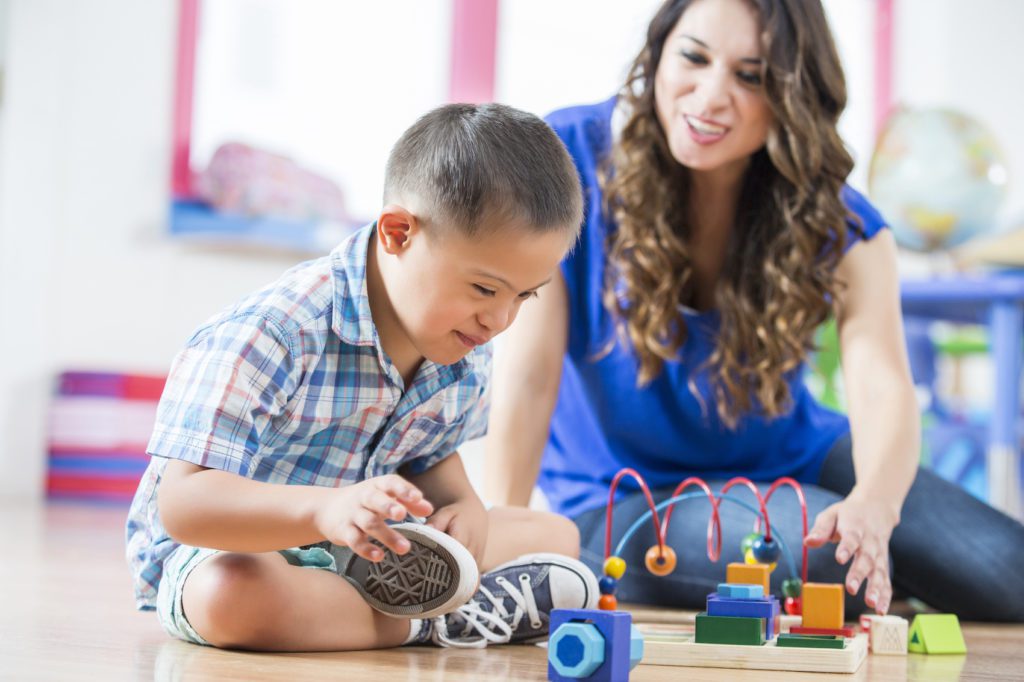
Twin Conferences
I recently met with one of our PreK special education teachers, and she told me about a set of twins at her school. One of the twins is in her special needs classroom, and the other twin is in a general education classroom on the same campus. This teacher had experience working with a child who had a twin in the same school, but this year, the conversation at the conference went differently.
The family of the twins showed up for the meeting and shared how much they enjoyed getting to talk with both of their boys about their recent work with the Water study from The Creative Curriculum.Because their children were in classrooms using the same curriculum, regardless of their classroom placement, the conversations were simplified for both teachers when discussing classroom schedules, learning environments, and data from their GOLD assessments. The experiences happening in one classroom were happening in the other.
How The Creative Curriculum Helps Teachers, Children, and Families
Before using The Creative Curriculum, we found that family conferences were often a time of stress and struggle, as our PreK special education teachers worked to have conversations with families. It can be difficult to try to explain to the family of a child with special needs why their child isn’t getting the same kinds of learning experiences that other children are receiving, and it can be even more difficult for the family members hearing about it.
However, since implementing unified programming—that is, using The Creative Curriculum and the GOLD assessment system—in both our general education and special education classrooms, these conversations have become easier to navigate. Inclusion scheduling is greatly simplified, and collaborative planning between teams can easily take place.
Children learn differently, think differently, and respond differently, regardless of whether they have labels assigned to them. When we began implementing studies from The Creative Curriculum in our general education and special education classrooms, our school district saw positive results, in both the classroom and with our families.
Volume 1: The Foundation (a research guide for teachers and administrators included with The Creative Curriculum) provided much-needed support and learning for teachers on daily routines, classroom schedules, and the power of the physical environment.
The curriculum provides detailed guidance on adjustments and modifications that facilitated the inclusion of children with disabilities and other special needs.
The embedded support found in the Daily Resources, such as Teaching Guides for studies and Intentional Teaching Experiences, and in the curriculum’s Volume 6: Objectives for Learning & Development, Birth Through Third Grade, has been enormously helpful. These supports assist all teachers, both general and special education, in scaffolding children’s learning and in individualizing learning experiences.
Now all children in our program are provided a least-restrictive environment to facilitate their learning through interesting, engaging, developmentally appropriate, play-based learning experiences.
What Children Gain From Participating in Studies From The Creative Curriculum
By participating in long-term, in-depth studies from The Creative Curriculum, we have seen children gain valuable skills and knowledge. Teachers and families are now speaking a common language. Data from GOLD is helping to impact instruction and drive decision-making.
The benefits to children have been our greatest success! Children in both special education and general education have seen increases in
- independence,
- confidence,
- communication, and
- academics.
We are thrilled that all of the children in PreK are learning today what will help them be successful in their future educational journey, regardless of labels, placements, or settings.
About the Author: Kristen O’Quinn
Kristen is the Early Learning Instructional Facilitator for Keller ISD in Texas. She helps coach teachers, provide professional development, and implement curriculum changes. Her entire career has been in a variety of early childhood settings.
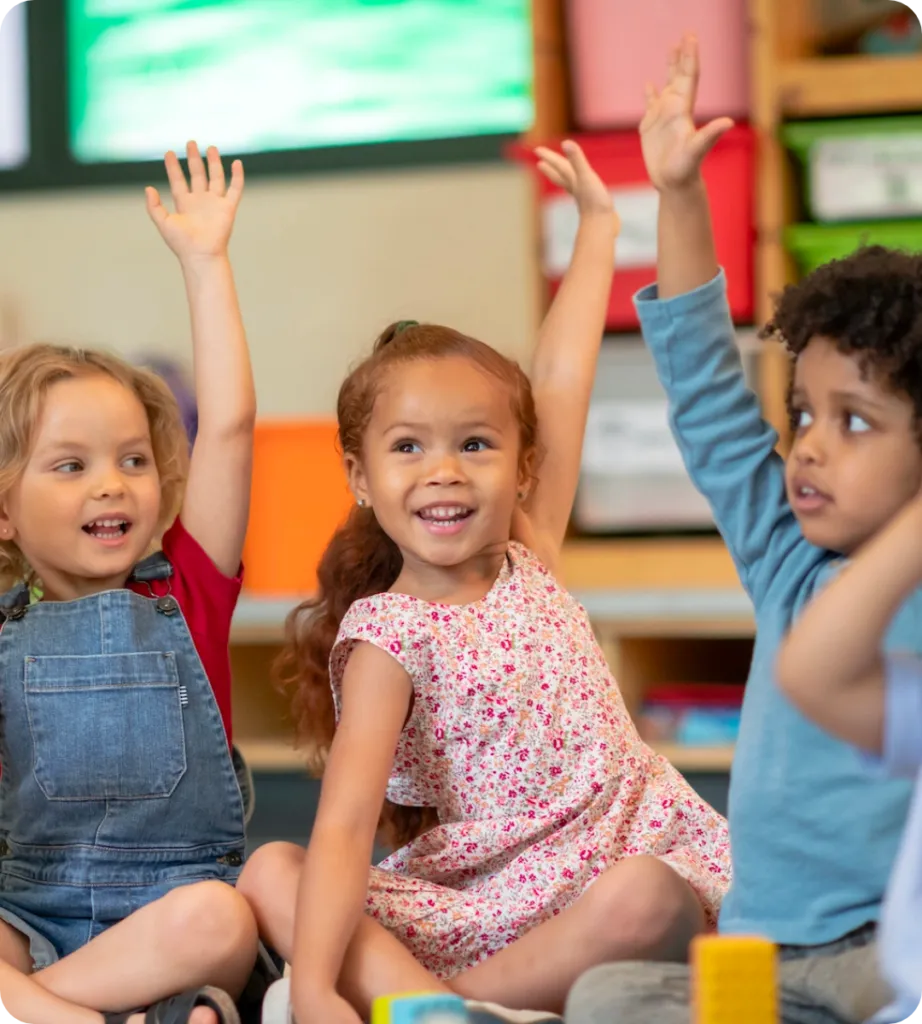
Connect the Dots to Individualize Learning for Every Child
Individualized learning is important but creating an environment that is responsive to each child’s unique needs is challenging. The Creative Curriculum can make it seamless.
